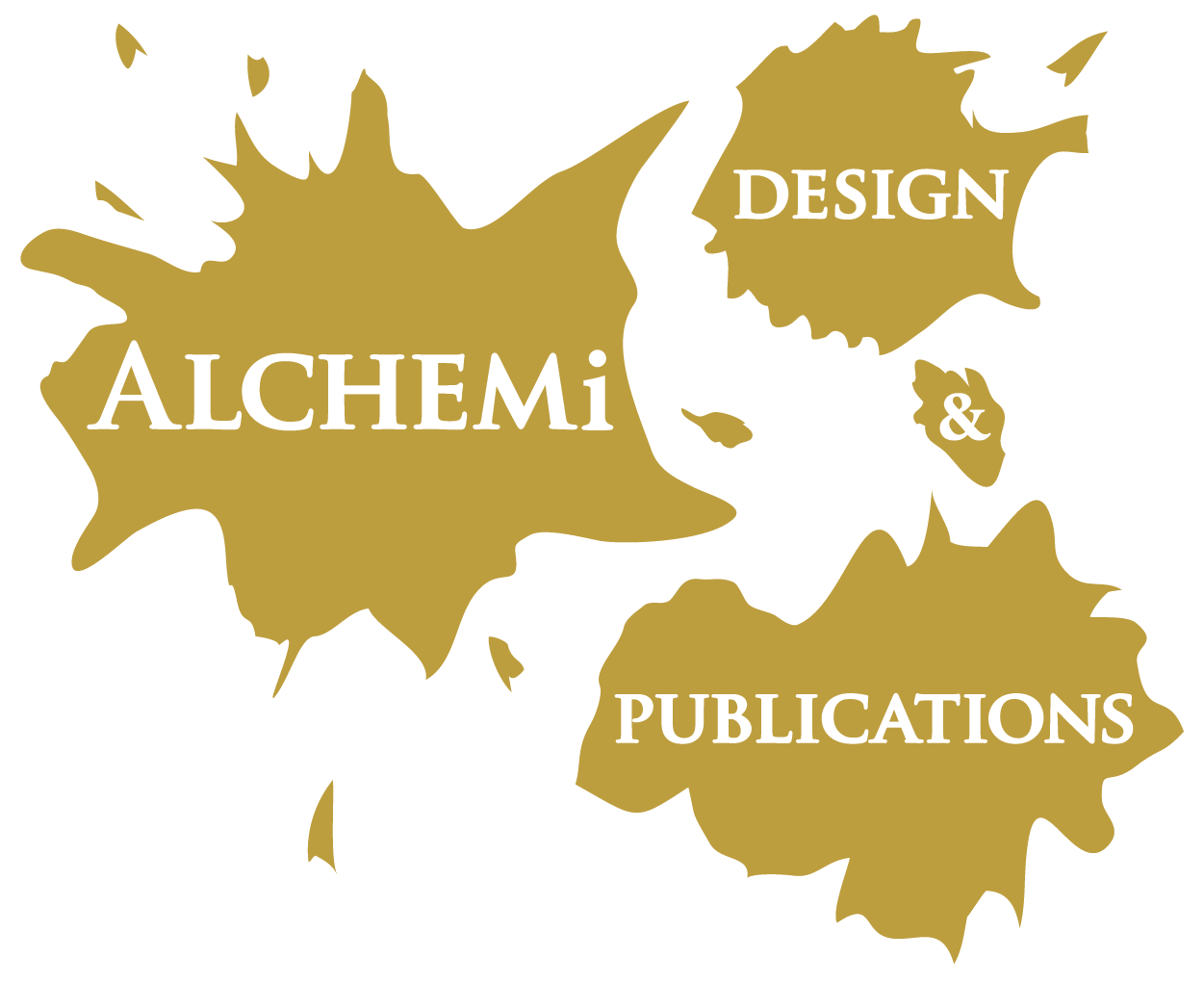
Brand Archetypes
Posted on |
Why Your Business Needs a Brand Archetype
Why are Brand Archetypes Effective?
What are the 12 Brand Archetypes?
Brand archetypes have been used to help shape brands into one of twelve simple characters with unique stories that resonate with different audiences. These archetypes are essentially human traits – The Innocent, Explorer, Sage, Hero, Outlaw, Magician, Everyman, Lover, Jester, Caregiver, Creator, and Ruler.
- The Innocent: Emphasizes simplicity, optimism, and purity. Brands with this archetype often promote happiness and nostalgia.
– Example: Dove, Coca-Cola
- The Explorer: Values freedom, adventure, and discovery. These brands encourage people to push boundaries and seek new experiences.
– Example: Jeep, The North Face
- The Sage: Focuses on knowledge, wisdom, and truth. Brands with this archetype often provide expertise and insights.
– Example: Google, BBC
- The Hero: Embodies courage, achievement, and triumph. These brands inspire people to rise to challenges and make a difference.
– Example: Nike, FedEx
- The Outlaw: Champions rebellion, disruption, and revolution. Brands with this archetype challenge the status quo and appeal to those who desire change.
– Example: Harley-Davidson, Virgin
- The Magician: Aspires to create transformation and make dreams come true. These brands offer magical experiences and innovations.
– Example: Disney, Apple
- The Regular Guy/Girl (Everyman): Represents belonging, connection, and practicality. These brands are relatable and down-to-earth.
– Example: IKEA, Levi’s
- The Lover: Centers around passion, romance, and sensuality. Brands with this archetype often focus on beauty and intimate experiences.
– Example: Chanel, Victoria’s Secret
- The Jester: Values fun, humor, and spontaneity. These brands entertain and bring joy to their audience.
– Example: M&M’s, Old Spice
- The Caregiver: Emphasizes compassion, service, and nurturing. Brands with this archetype are often associated with health and well-being.
– Example: Johnson & Johnson, Campbell’s
- The Creator: Focuses on innovation, imagination, and self-expression. These brands encourage creativity and originality.
– Example: LEGO, Adobe
- The Ruler: Represents control, order, and leadership. Brands with this archetype convey authority and reliability.
– Example: Mercedes-Benz, Rolex
How to Use Brand Archetype for Your Brand
If you already know your values align most closely with one of the types listed above, research that category more specifically to find the best ways to connect with audiences using that archetype. Look at current businesses with that archetype that excel at resonating with your target audiences.
Not sure where you stand? Answer some questions below to help you determine your brand archetype:
What qualities does your brand represent (innovation, fun, compassion, etc.)?
What are your audience’s goals and how does your brand help fulfill these goals?
If your brand was a person, what kind of person would it be?
What brands do you consider a role model for your business?
How would your customers describe your brand to others?
What impact do you want your brand to have on others/society?
Next, compare your answers to the 12 different archetypes. If you find your answers line up with multiple archetypes, explore combining different archetypes for a more unique brand identity.
